Driving can be hazardous at any time, but the dangers can be magnified when a hurricane strikes. Learn how to prepare for hurricanes and help protect your vehicles and employees using our motor carrier and driver safety tips below. For further assistance, please contact our Loss Control Department at 800-782-8902 x3805 or safety@lancerinsurance.com.
HURRICANE SAFETY TIPS FOR MOTOR CARRIERS & DRIVERS
Your level of preparation before a hurricane's arrival can determine how well your company weathers the storm and how quickly you recover from it. Commercial motor vehicle operations are strongly advised to review the following important precautions to help protect vehicles and employees from the dangers of a hurricane:
Prepare Your Organization
Monitor the National Weather Service, along with Emergency Alert System radio and television stations in your area. Pay attention to weather warnings and heed all state and local evacuation advisories.
Remind employees of key elements of your company's emergency preparedness plan, including local evacuation routes and post-storm communication procedures.
Prepare Your Vehicles
Cancel or re-route all scheduled trips within the path of the storm.
Fill vehicle fuel tanks as power outages and weather-related fuel delivery delays could result in fuel shortages post storm.
Move any vehicles that are not going to be in service to higher ground, if you are in the storm's path. Park vehicles away from trees, power lines or other objects that could fall on your vehicles.
Please contact Lancer Insurance Company immediately if your company has been contracted to assist in storm evacuations: 800-782-8902, ext. 3805
Establish a communication system that requires scheduled contact times with your drivers so they can be updated on conditions. Adhere to your electronic device usage policy so drivers are not using cell phones while operating the vehicle.
Prepare Your Drivers
Ensure that drivers complete pre-trip vehicle inspections as prescribed by federal regulations, paying particular attention to tires, windshield wipers and headlights.
Advise drivers to check news reports, online and weather channels as part of their trip-planning routine, and every hour or two as conditions can change rapidly. Tornado warnings should be taken very seriously.
Recommend drivers allot extra time to reach their destination and have an alternate route plan in place before leaving so they're better prepared in the event conditions require using it; State Highway Patrol and Department of Transportation websites provide up-to the minute information on traffic, road closures and detours.
Remind drivers to turn on headlights to improve visibility and follow local and state laws for using headlights when windshield wipers are on.
Urge drivers to SLOW DOWN to increase traction and control.
Caution drivers to avoid sudden braking that could send their vehicle into a skid or cause hydroplaning.
Encourage drivers to add more space around their vehicle to allow sufficient time to slow down or stop on wet, slick road surfaces.
Recommend drivers stay in the center of the road as much as possible as water tends to flow outward, and to drive in others' tracks for better traction.
Warn drivers to not take chances by driving through standing water or around road blocks or barricades. If they come upon a flooded street, they should take an alternate route.
Urge drivers to watch for objects that could potentially blow into the roadway and to avoid downed power lines.
Advise drivers that whenever adverse weather impacts safe driving, they should pull over to the nearest safe and legal location, away from trees, power lines or other objects that could fall on their vehicle, until the vehicle can be safely operated (see FMCSR 392.14).
After the storm, be very aware that flood vehicles will find their way into the mainstream used vehicle markets. All vehicles should be thoroughly inspected before being purchased.
> Additional Resources
For additional information on preparing your operation for a hurricane, please consult the following:
- American Red Cross – Hurricane Safety
- American Red Cross – Flood Safety
- American Red Cross – Thunderstorm Safety
- Federal Emergency Management Agency (FEMA) Smartphone App – Apple Store | Google Play
- For Carriers Assisting with Evacuations or Delivering Aid in Storm-Affected Areas
- Hurricane by American Red Cross App – Apple Store | Google Play
- National Hurricane Center
- National Weather Service (NWS) – Flood Safety
- National Weather Service (NWS) - Hurricane Safety Tips & Resources
- National Weather Service (NWS) – Severe Thunderstorm Safety
- National Weather Service (NWS) – Wind Safety Tips
- Ready Business Hurricane Toolkit







